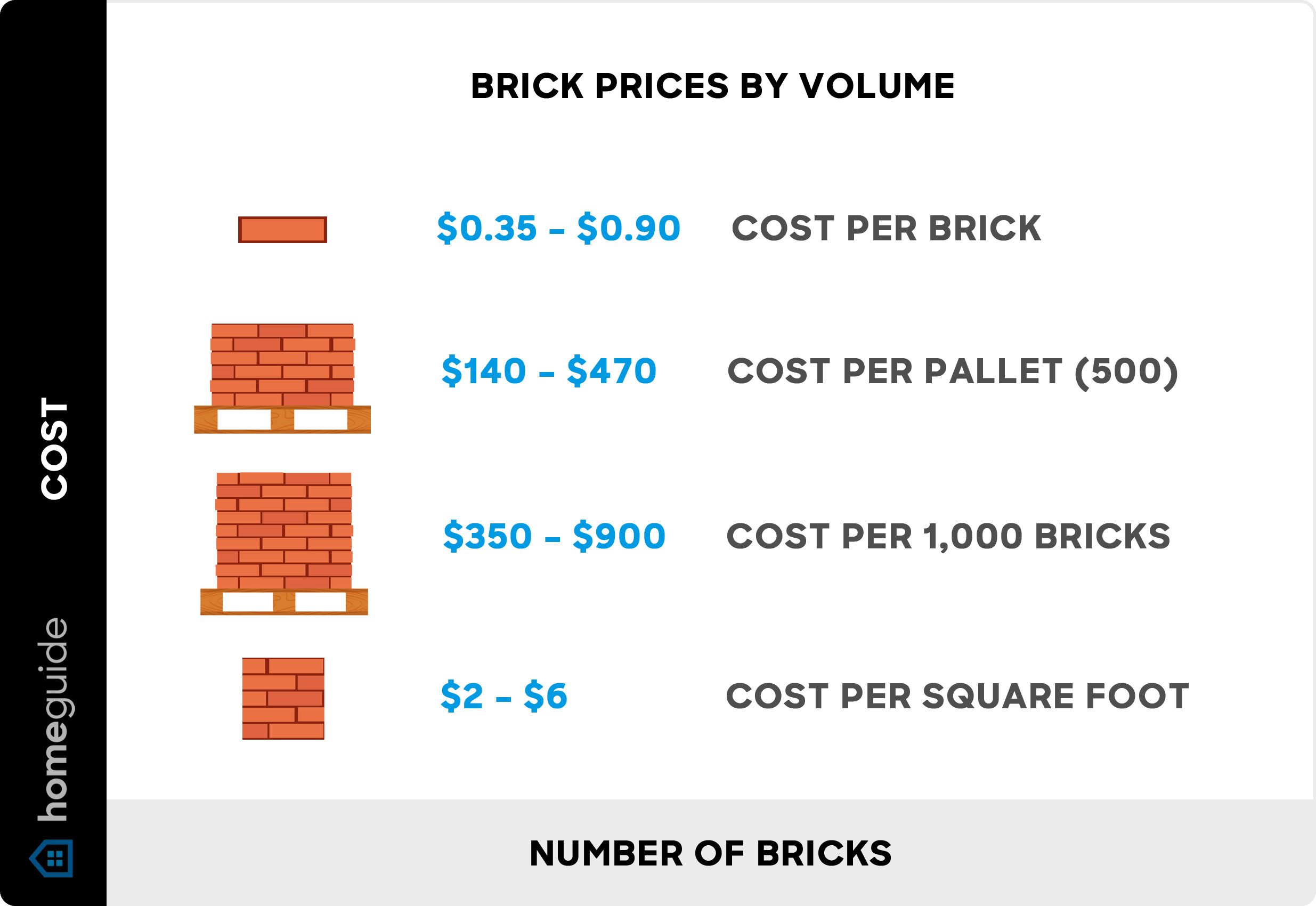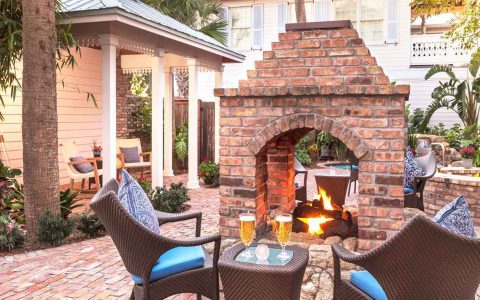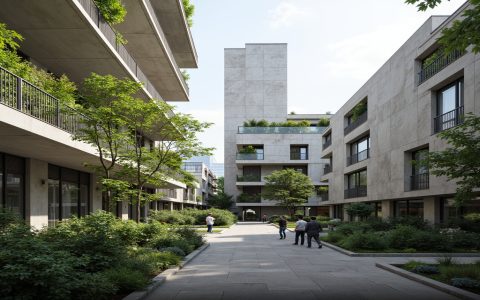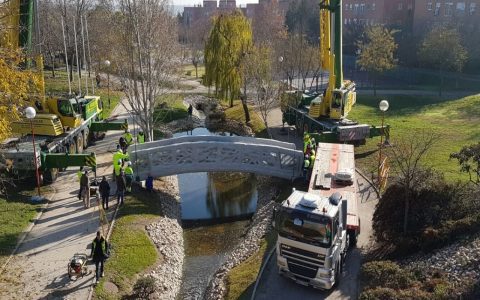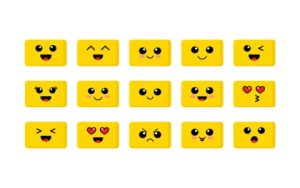Perforated Bricks Cost Breakdown
Understanding cost components helps in budgeting. Key factors include:
- Material Costs: Vary by brick type (e.g., clay, concrete), size, and quantity purchased. For standard sizes, expect higher costs for specialized designs or fire-rated options.
- Labor Costs: Depend on installation complexity; typically range per square foot, considering preparation, mortar application, and finishing.
- Transportation and Delivery: Fuel expenses and regional accessibility affect pricing; local sourcing minimizes this.
- Supply Chain Markups: Wholesale vs. retail channels; bulk orders often reduce unit prices by 10-20%.
- Additional Expenses: Include taxes, tool rentals, and disposal fees for waste materials.
Finding Affordable Options Near You
To cut expenses, apply these practical strategies:
- Research Local Suppliers: Compare quotes from multiple vendors; prioritize those offering seasonal discounts or clearance sales on overstocked items.
- Bulk Purchasing: Consolidate orders for larger projects to negotiate volume discounts.
- Community Resources: Tap into local builder associations or online platforms for verified leads on cost-effective options.
- Timing Advantage: Buy during off-peak seasons when demand is lower.
- Reclaimed Options: Consider recycled bricks for savings; inspect thoroughly for durability.
Always factor in quality to avoid long-term maintenance costs.
